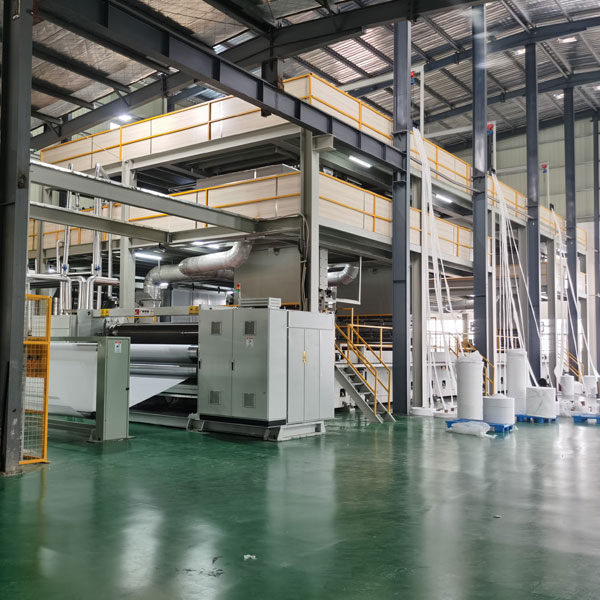In the ever-evolving landscape of nonwoven fabric production, particularly with Triple Beam Spunbond nonwoven fabric machines, optimizing both machine speed and fabric quality is essential for maintaining a competitive edge. As these machines are capable of impressive speeds ranging from 9 to 450 meters per minute, achieving the right balance between speed and quality can significantly impact overall production efficiency and profitability. There are several recommended practices that manufacturers can adopt to enhance operational efficiency while ensuring that the fabric produced meets the desired specifications.
First and foremost, understanding the intricacies of the machine's mechanics is crucial. This entails having a comprehensive grasp of the effective width of the machine, as this will influence the production output directly. By tailoring the production settings according to the specific filament denier—between 1.8 and 2.5 denier—as well as the intended fabric weight ranging from 9 to 70 GSM, operators can fine-tune the machine for optimal performance. It is essential to maintain a clear focus on how these parameters interact; for instance, heavier fabrics may require slower speeds to ensure proper bonding and overall quality. Adjusting the speed settings in correlation with fabric weight and denier is a pivotal step toward enhancing both the machine's productivity and the end fabric quality.
Another key practice is implementing a stringent quality control process throughout the production cycle. Regular monitoring of fabric samples during production helps identify potential issues early on. Utilizing real-time quality assessment tools can provide immediate feedback, allowing for adjustments to be made swiftly. This proactive approach not only improves fabric quality but also minimizes material waste and downtime, thus promoting more efficient operation. Operators should be trained to recognize the signs of defects, such as inconsistencies in thickness or bonding failures, which can signal that the machine may require recalibration or maintenance.
Regular maintenance and machine upkeep cannot be overstated. Establishing a routine maintenance schedule ensures that all components of the SSS nonwoven fabric machine function optimally, reducing the risk of unexpected breakdowns that could disrupt production. Key areas to focus on include the lubrication of moving parts, the calibration of temperature controls, and the assessment of filament feed mechanisms. Each of these elements plays a crucial role in maintaining machine speed and, consequently, fabric quality. A well-maintained machine not only runs more efficiently but also produces consistent fabric quality, leading to higher customer satisfaction.

Moreover, the selection of raw materials significantly affects the end product. Opting for high-quality polypropylene granules can enhance the fabric's physical properties, leading to improved strength, softness, and overall durability. It is important to establish reliable supplier relationships to ensure a steady supply of consistent and high-grade raw materials. Additionally, experimenting with different blends and formulations can lead to unique fabric characteristics that may better serve specific market demands.
Training and empowering the workforce is another critical aspect of optimizing Triple Beam Spunbond nonwoven fabric machines speed and fabric quality. Well-trained operators who understand the nuances of the SSS nonwoven fabric machine can make informed decisions regarding adjustments during the production process. Encouraging a culture of continuous improvement within the team can also lead to innovative practices that enhance both speed and quality. Regular workshops or training sessions focused on the latest technologies and production techniques can significantly benefit operational efficiency.
Optimizing machine speed and fabric quality in SSS nonwoven fabric production involves a multifaceted approach that encompasses a deep understanding of machine mechanics, diligent quality control, regular maintenance, careful material selection, and skilled workforce training. By integrating these practices into daily operations, manufacturers can achieve remarkable results, driving efficiency and elevating product quality to meet the demands of an increasingly competitive market. Embracing these strategies not only enhances productivity but also establishes a reputation for excellence in the nonwoven fabric industry.







 English
English 中文简体
中文简体 русский
русский عربى
عربى





